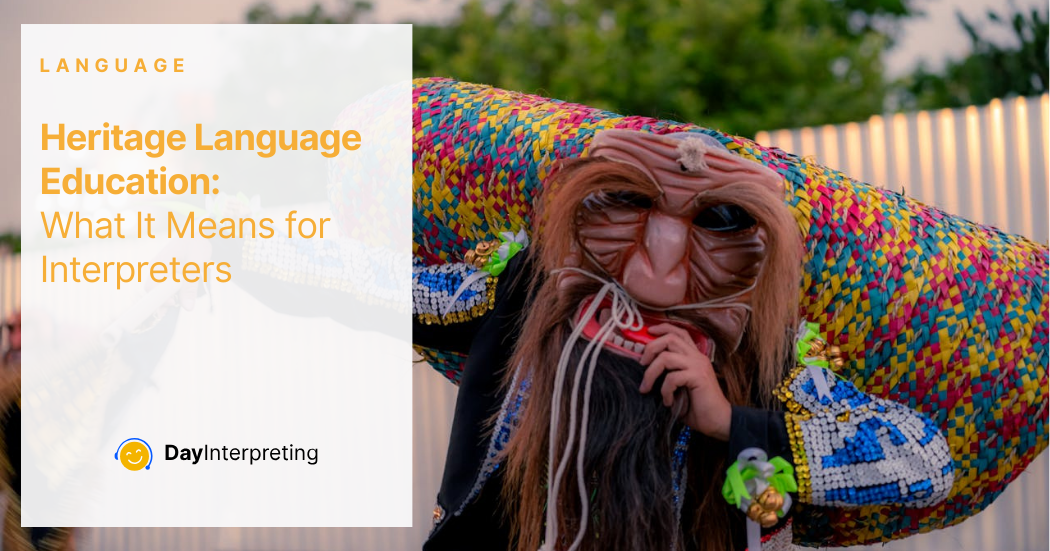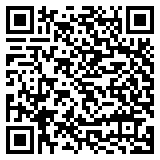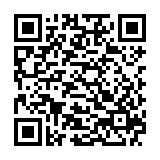Heritage language education refers to teaching languages that students grow up with (or have cultural ties to) but are not the dominant or “official” language for schooling. These are often the home or community languages of students whose families speak them, though structured instruction may be limited or inconsistent. Public schools, community programs, even weekend or after-school schools are increasingly focusing on heritage learners to preserve linguistic diversity, cultural identity, and educational equity.
Why Do Heritage Languages Matter Now?
1. Growing Diversity & Cultural Identity
Communities around the US are more multilingual than ever. As immigrant populations age and new generations grow up as bilingual or multilingual speakers, there’s increasing interest in preserving the languages of family and culture, not just English. Heritage language programs help support identity, self-esteem, and connection to culture.
2. Research-backed Cognitive & Academic Benefits
Recent studies (e.g. bilingualism effects on executive function, working memory, etc.) suggest speaking multiple languages brings cognitive advantages for children, including those with learning challenges like dyslexia. Heritage language instruction supports stronger literacy in both the heritage language and the school’s dominant language, reinforcing academic skills.
3. Policy & Educational Support Rising
There’s growing policy interest (local and national) in developing heritage language programs. Educator workshops, non-profit conferences, and community support initiatives are scaling up. For example, the National Heritage Language Resource Center ran a virtual workshop for K–16 heritage language teachers in 2025 to support these programs in schools and community settings.
4. Addressing Gaps: Dyslexia and Language Learning
States such as Texas are seeing more students identified with both heritage languages and dyslexia. There is emerging evidence and advocacy that bilingual or dual-language programs can better support students who face reading or processing difficulties, by leveraging the strengths in their home languages.
Challenges Heritage Language Programs Face
- Limited resources and trained teachers: Many heritage languages don’t have enough qualified teachers; materials are often scarce.
- Lack of standardization: Heritage learners have varied proficiency levels; some speak at home, others understand but don’t speak, making a one-size-fits-all curriculum difficult.
- Funding and institutional support: Because heritage language programs are often outside mainstream curriculum, securing stable funding (especially in public K-12) can be tough.
- Community buy-in: Parents, school boards, and administrators sometimes undervalue heritage language work, seeing it as less “useful” than major world languages or standardized testing priorities.
Implications for Interpreters & Language Services
Given this rise in heritage language education, interpreters and language service providers have new roles and opportunities:
- Creating materials & resources
Interpreters can help develop curricula, textbooks, reading materials, and assessment tools in heritage languages. Because interpreters are often fluent in both the heritage and dominant languages, they can ensure cultural and linguistic accuracy. - Teacher training & coaching
Many heritage language programs rely on community teachers or parents; interpreters can serve as coaches or mentors to help with pronunciation, grammar, culturally relevant content, and teaching strategies. - Interpreting in educational contexts
As schools host bilingual/double-language classes, parent-teacher conferences, and heritage language events, interpreters will increasingly be needed in educational settings, not just legal/medical ones, to foster communication and inclusion. - Advocacy & policy consultation
Interpreters and linguistic professionals can contribute their expertise when school districts or states consider adopting or expanding heritage language programs. Their voices help ensure feasible, effective, and culturally respectful implementation.
Practical Tips for Interpreters Interested in Heritage Language Work
- Build up knowledge of prominent heritage languages in your region; know community needs.
- Network with heritage language schools, parent groups, local nonprofits.
- Offer workshops or pro bono work initially to build portfolio of curricula or teaching material.
- Stay up-to-date with research in bilingual education, dyslexia, and multilingual literacy.
- Collaborate with educators to help shape goals: Is program aiming for conversational fluency? Literacy? Academic language?
Conclusion
Heritage language education is one of those trends that is both timely and long-lasting. In 2025, interest is growing, not just out of nostalgia, but out of recognition that heritage languages contribute to cognitive development, cultural self-worth, and academic success.
For interpreters, this trend presents real opportunities to deepen impact, diversify roles beyond formal interpreting assignments, and help shape how language lives, evolves, and strengthens communities.
Whether working with schools, community programs, or policy, interpreters who engage with heritage language education may help ensure that no language, and no speaker, is left behind.





0 Comments